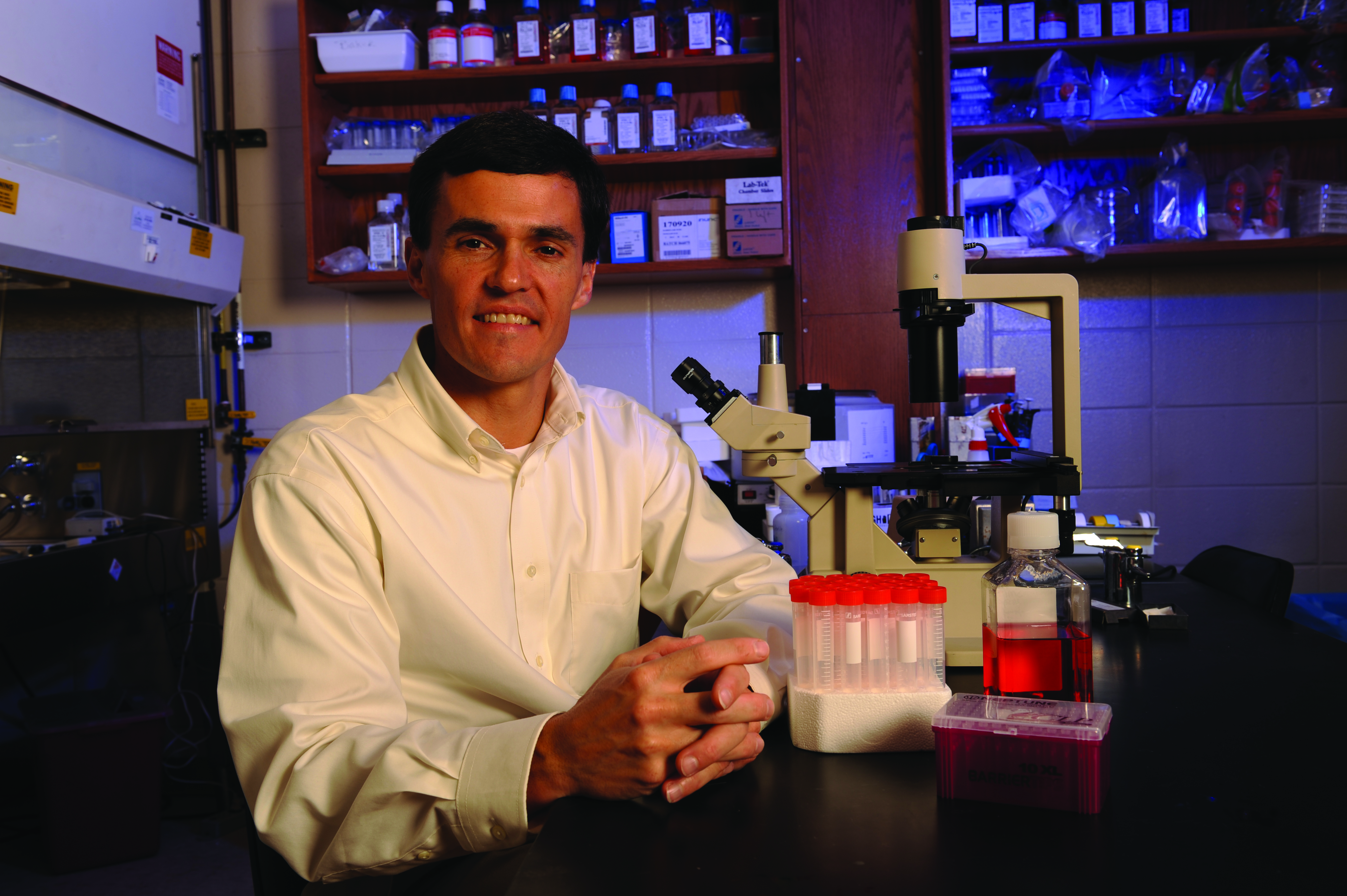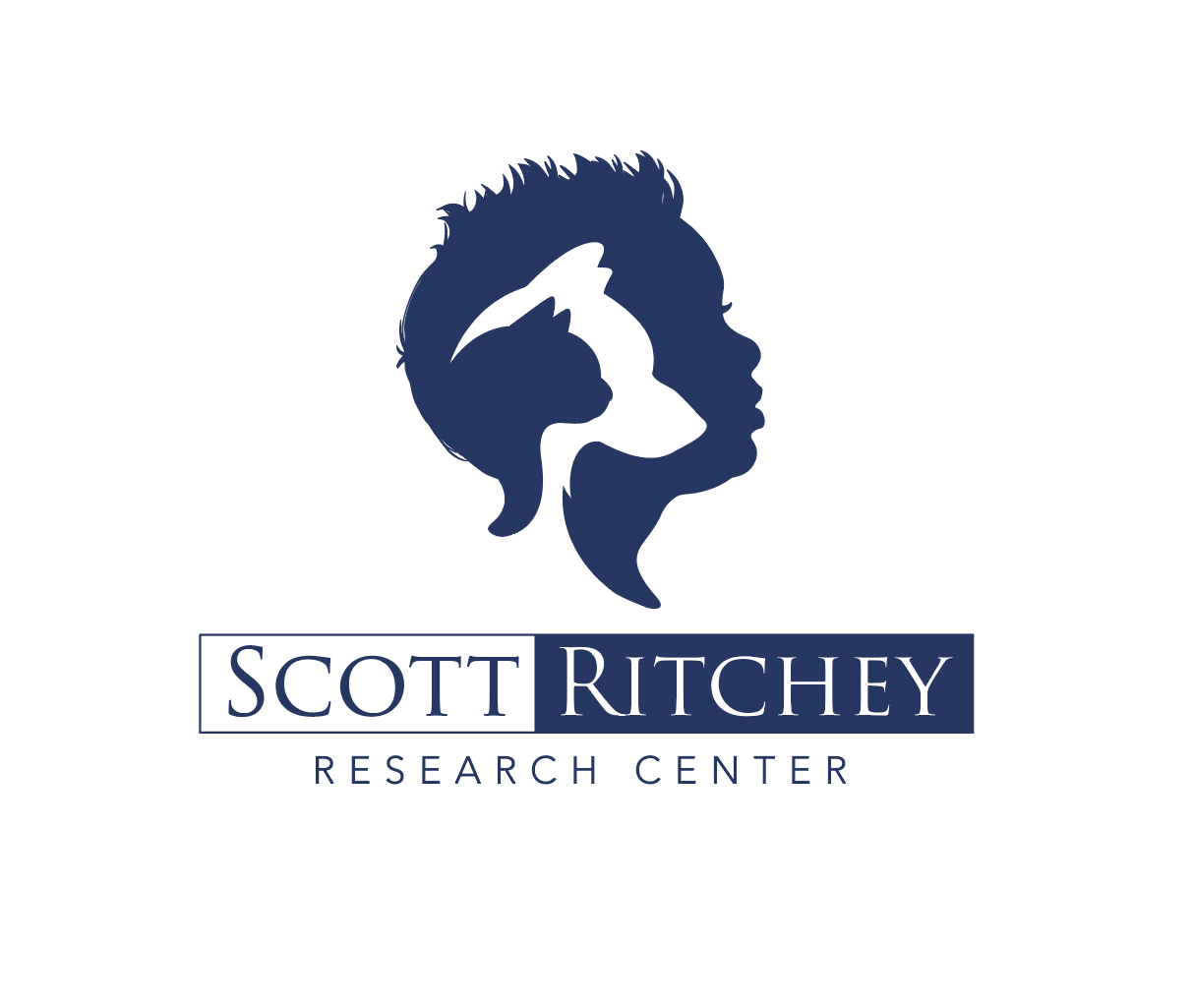Treatment for Devastating Neurodegenerative Disease Nears Reality with Human, Animal Research Team

An effective treatment for a rare and fatal neurodegenerative disease may soon be in human clinical trials through pioneering advances in gene therapy and molecular medicine at the College of Veterinary Medicine and in partnership with human medical researchers in the U.S. and across the globe.
Researchers at the college’s Scott-Ritchey Research Center and UMass Medical School are seeking permission for a clinical trial from the U.S. Food and Drug Administration and finalizing National Institutes of Health study requirements to be able to offer the a gene therapy, an adeno-associated virus, or AAV.
Genetic disorders and diseases like GM1 gangliosidosis similar to the ore common Tay-Sachs and Sandhoff diseases, are inherited neurologic diseases that occur when genetic mutations prevent cells from producing enzymes needed to break down and recycle materials. Without these enzymes, the materials accumulate to toxic levels, slowly destroying the nervous system.
GM1 is caused when the body does not produce enough of a specific enzyme, β-galactosidase (βgal), which recycles molecules from the body. When the molecules build to abnormal levels, they progressively destroy the body’s nervous system. The earlier the onset of the disease in children, the more quickly they disease kills – typically before age 4.

Dr. Miguel Sena-Esteves, associate professor of neurology at UMass Medical School, and Dr. Doug Martin, a professor of Anatomy, Physiology and Pharmacology and research scientist in the Scott-Ritchey Research Center at the College of Veterinary Medicine, re-engineered the virus to introduce the gene that produces βgal. The virus acts as a vessel, its genetic material is removed and replaced with a concentrated dose of the βgal gene. Healthy cells pass along βgal, essentially allowing deficient cells to soak in the crucial enzyme.
“There is no question now that the disease can be treated successfully,” said Dr. Martin. “We have seen how it has worked in cats that have the disease and how it is has extended their lives as healthy animals.”
“Too many children with Tay-Sachs and Sandhoff have died since we started this project. The time has finally arrived to push back on these diseases,” said Dr. Sena-Esteves. “Our single-minded goal is to get a safe and potentially effective therapy to patients and their families as quickly as possible.”
Moreover, the two believe the treatment could also be a cure for diseases like Alzheimer’s and Parkinson’s. “The technology developed for GM1 treatment could be applied to any number of diseases, like Alzheimer’s, which may turn out to be an unusual form of a storage disease like GM1,” Dr. Martin said. “Our vector could have much broader implications and theoretically, the same technology used to treat GM1 could also treat Alzheimer’s.”
The Auburn and UMass team is part of the Tay-Sachs Gene Therapy Consortium, an international collaborative group of scientists committed to searching for a cure.
The team, along with Dr. Heather Gray-Edwards, has achieved similar success in the treatment of animals with GM2 gangliosidosis (Tay-Sachs and Sandhoff disease). Both cats with Sandhoff disease and sheep with Tay-Sachs have benefited from gene therapy devised by this team. Human clinical trials are also in the planning stages for Tay-Sachs and Sandhoff disease.
Gene therapy studies in Tay-Sachs sheep are particularly important because the scientists have successfully demonstrated the same therapeutic principle in a brain similar in size to that of a child. These results indicate that the same success may be possible in a child’s brain, said Dr. Gray-Edwards, an assistant research professor at the Scott-Ritchey Research Center.
